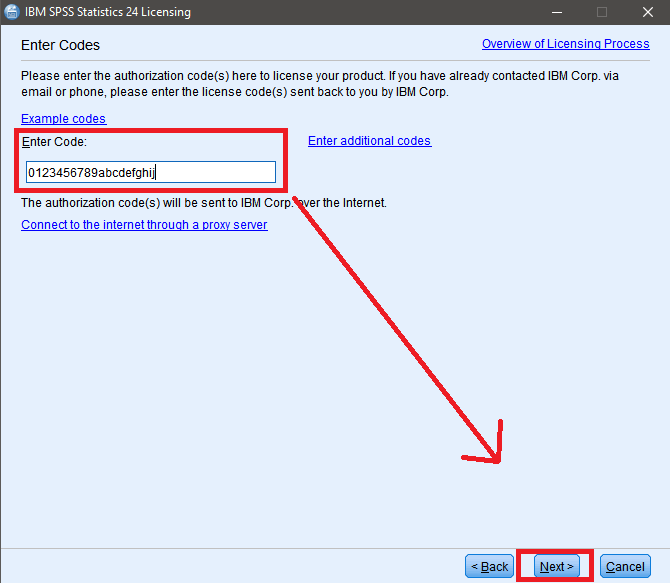

The Data Editor lets you see and manipulate your data. Part two discusses common statistics, regression, and graphs. For now, we assume you are just carrying out very simple tasks. In the long run, you will want to learn to just work directly in the programming language, because this is how you document your work, and good documentation is key to both trouble-shooting and replicating complicated projects. As a beginner, it will be strategic to learn a bit of both SPSS programming and the menus.

However, some tasks cannot be accomplished from the menus, and others are more quickly carried out by typing a few key words than by working through a long series of menus and dialogs. Menus and dialog boxes are useful because they give you visual reminders of (most of) your options with each step of your analysis. The good news for beginners is that you can accomplish most basic data analysis through menus and dialog boxes without having to actually learn the SPSS language.
#Ibm spss statistics 25 cannot save to directory software
The SPSS software is built around the SPSS programming language. Those who plan on doing more involved research projects using SPSS should follow up this brief intro with more in-depth training.įor information about SSCC lab accounts, the labs, Winstat and more see Information for SSCC Instructional Lab Users. This document is intended for students taking classes that use SPSS Statistics or anyone else who is totally new to the SPSS software. IBM SPSS Statistics is software for managing data and calculating a wide variety of statistics.


 0 kommentar(er)
0 kommentar(er)
